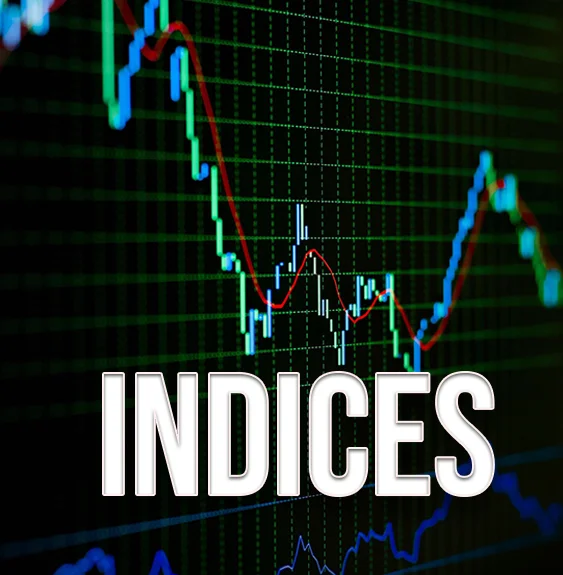Indices Trading
Diversify and elevate your portfolio with index trading!








What are the trading strategies in indices trading?
Indices trading is unlike trading financial assets directly. It is a trading method where underlying assets of financial instruments are traded. A trader in indices trading bets on the price trend of stocks, commodities, or other financial instruments and profits from the leverage incurred.
There are many trading strategies to look for in indices trading. Strategy is not just about making profits, but it also helps a trader to trade with discipline. Any trader needs to have discipline while trading or investing. There are many strategies in trading indices like breakout trading strategy, Bollinger trading strategy, trend trading strategy, position trading, en-day trading, and swing trading. These are the popular trading strategies in indices trading.
Indices trading strategies
you need to know
Breakout trading strategy
Breakout strategy is a strategy where betting on the price of a particular index happens within a range. A trader bets within an area where the fluctuation of the price happens within a range. Once the price of the index crosses a range, a trader might enter or exit the position based on his profit status. Breakouts of the price within a range are the deciding factor for a trader to trade an index in this strategy. Index traders mark their boundaries in this strategy, and they enter or exit positions on indices if the prices of indices cross their imagined range/boundary.
Bollinger entry strategy
In this strategy, an index trader follows a band where the prices of indices fall into three bands.
Trend trading strategy
This is a strategy where index traders bet on indices based on the trend of the indices market. Regardless of the upward trend, or the downturn trend, a trader make a call on his trade positions. In this case, a trader enters into a long-term position during the upward trend and chooses a short-term position in the downturn trend.
Position trading strategy
A position trading strategy is where an indices trader enters a long-term position for a few months or even years, regardless of the price. This strategy is only suitable when a trader wants to aim for a long-term benefit with a gradually increasing price point over a certain period.
Scalping trading strategy
Scalping trading strategy is a strategy where a trader enters into a position with an n intention to exit quickly when the price hikes. The smallest of the smallest price moments are also targeted in this strategy. A trader in this strategy makes multiple positions to magnify the profits. This trading is even shorter than the day trading strategy.
End-of-day trading strategy
End-of-day trading strategy refers to the trading where a trader enters a position at the time of market opening and exits the same position at the time of market closing. Traders in this strategy target highly volatile and popular indices to make huge profits and invest heavily.
Swing trading strategy
Traders in this strategy enter positions and hold on to them for a day or two and make profits from the price swings that occur in a shorter time frame. In this trading, there is a particular swing moment in the price where traders enter or exit positions.
| Advantages of trading index funds | Disadvantages of trading index funds |
|---|---|
| Investing in index funds can give high returns in the long run. | Lacks expertise advisor support as index funds are a combination of several stocks or commodities, which makes investors or traders difficult to make technical and fundamental analyses of the funds. |
| Index funds are by nature diversified, which saves traders time and effort to diversify their portfolios. | Index funds have limited metrics to say whether it is a good investment option. Unlike stocks, index funds cannot be analyzed in-depth. |
| Trading in index funds is much cheaper than trading in specific stocks. Such as trading tech indices are more profitable than trading a specific technology stock. |
Frequently Asked Questions
How can I invest in an index?
Investors can invest in an index through exchange-traded funds (ETFs) or index mutual funds. These funds aim to replicate the performance of the underlying index and provide a low-cost way to gain exposure to a broad range of assets.

